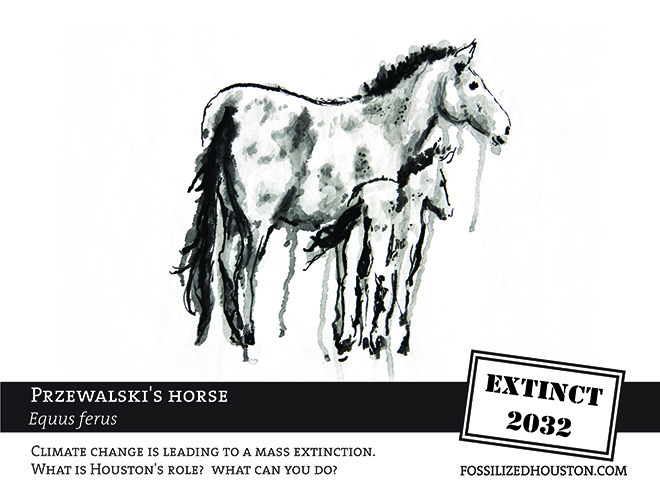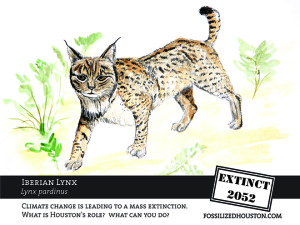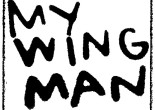
Fossilized in Houston
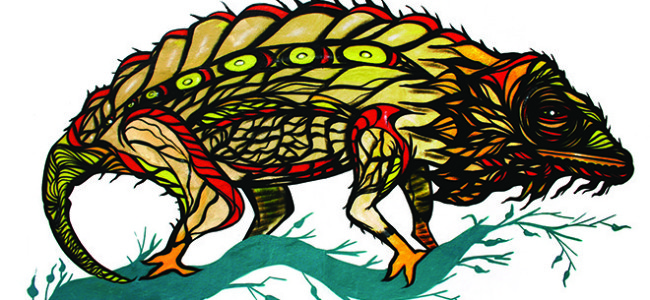
By Derek Woods
Featured image: Antsingy Leaf Chameleon by Daniel Anguilu
Industrial capitalism has pushed life on Earth into what scientists call a “mass extinction.” Mass extinctions happen from time to time; there have been five in the Earth’s history, caused by events such as asteroids striking the earth and photosynthetic bacteria filling the atmosphere with oxygen, an element that was poison to a previous generation of oxygen-hating bacteria. The Oxygen Catastrophe happened about 2.5 billion years ago. In a way, humans are now reversing what bacteria did: filling the atmosphere with carbon instead of oxygen, eliminating other species with our byproducts. Earth had the Oxygen Catastrophe; now it has the Carbon Catastrophe. Ocean acidification is a good example of how this affects other lifeforms — as the oceans absorb carbon from the atmosphere, they become more acidic, and coral reefs die. Coral reefs are some of the most diverse ecosystems on earth; when they go, thousands of species go with them.

Biologists expect 25-40% of all species on the planet to go extinct by 2025. Extinction also impacts humans, since we depend on other species for food, and those species, in turn, depend on complex ecosystems composed of lifeforms that we don’t use directly. It’s not just about them dying, it’s about human beings suffering and even perishing as we strip the foundations from the house we’re living in. Without a major shift in consciousness, consumption, and policy, 75% of all species on the planet may be gone by 2100.
Contributing to such a shift in consciousness is the goal of Fossilized in Houston, a public climate art campaign organized by Matthew Schneider-Mayerson, Lina Dib and Tony Day. In the last few months, you may have noticed stickers, posters or lawn signs depicting climate-endangered creatures on surfaces around the city. You might be in the restroom of a bar, walking through a parking structure, waiting for a bus, or driving past a suburban lawn, and suddenly a kemp’s ridley sea turtle or an african wild dog or an astingy leaf chameleon stares back at you. These animals come labeled with their likely date of extinction: 2025, 2025, and 2025. With an Idea Fund grant, Fossilized is commissioning Houston artists to create images of species threatened by climate change and, with the assistance of dozens of volunteers, placing them throughout Houston as lawn signs, posters and stickers. Fossilized has two meanings here: many species will soon be reduced to fossils; and fossil fuels are driving this process. The link between climate change and extinction is about how humans use fossils to create fossils.
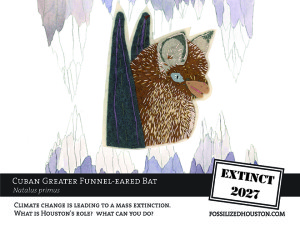
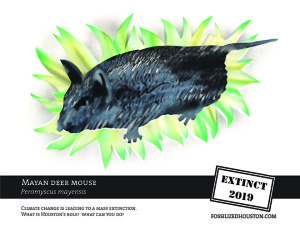
Misinformation, routine, social norms and fossil-fuel dollars keep us from appreciating and internalizing the changes that are underway. Intellectual awareness is fleeting, it’s not enough. By tapping the city’s wealth of talented artists to remind Houstonians of the consequences of the actions of some of Houston’s largest corporations, we’re hoping to spark an emotional awareness of the ongoing mass extinction as well as the profoundly unjust human consequences of climate change.
Fossilized in Houston is a machine for generating these encounters by peppering the city with climate-endangered species. The parts of this machine are local artists, images, the web, snail mail, and friendship. In theory, the machine could run indefinitely, on relatively small amounts of energy. And you can be part of it, too—if you put in an order (fossilizedhouston.com), images of soon-to-be extinct animals will arrive at your house. A BOG TURTLE or CERULEAN PARADISE FLYCATCHER might be an eye-pleasing way to send the message that you care as much about the Carbon Catastrophe as those oxygen-hating bacteria did about the Oxygen Catastrophe of 2,500,000,000 BC.